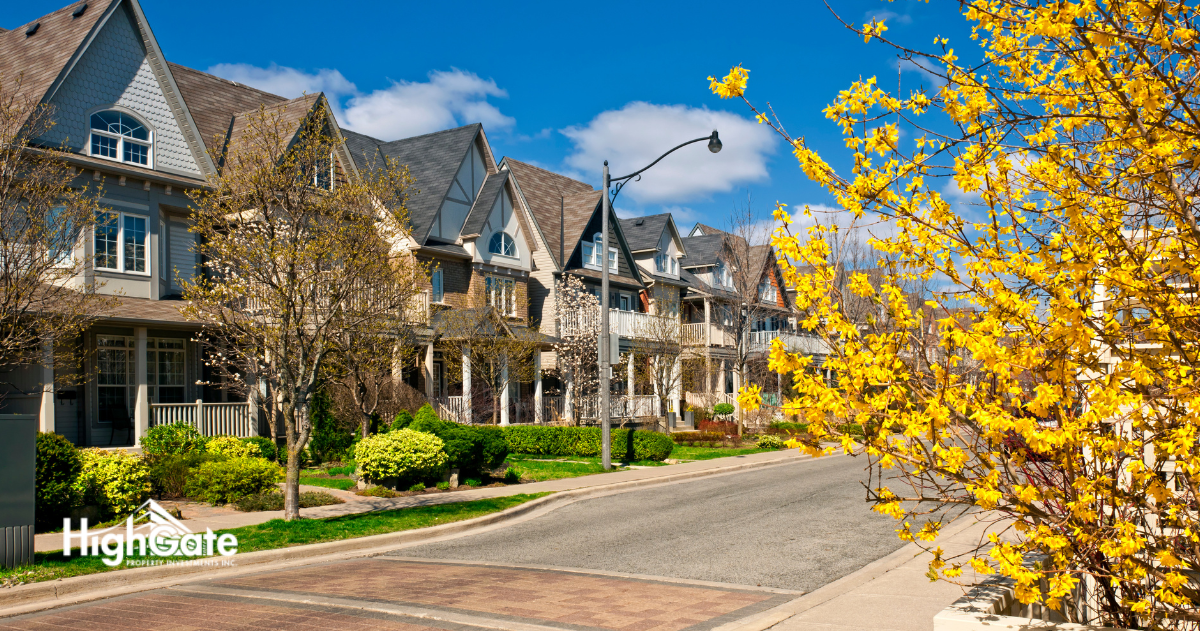The Toronto Regulations You Need to Know For Multi-Tenant Rooming Houses
If you are considering converting your property into a multi-tenant rooming house, there are additional regulations you must follow from the City of Toronto over and above your obligations under the Residential Tenancies Act. These went into effect in March 2024. While it is more profitable to run a multi-tenant home, there are numerous extra measures you have to take, including getting a license and being highly responsive to tenant requests.
Single-family homes are best suited to be converted to multi-tenant rooming houses. In most cases, condominium boards will not allow this arrangement. While such properties would go a long way towards alleviating the affordable housing issue in Toronto, the additional burden to small landlords may very well eat up any additional profit in many cases.
What is a multi-tenant rooming house?
A multi-tenant rooming house, for the purposes of the City of Toronto, is any property which has four or more multi-tenant house rooms. It does not apply to any student housing run by a college or university, or any home where the landlord or an immediate family member of the landlord resides.
Multi-tenant rooming houses are governed under the City of Toronto’s Bylaw for Multi-Tenant Houses, which you may want to review with a lawyer prior to converting your property to make sure you are in compliance.
If the landlord or their immediate family resides in the property, the agreement with the “tenant” is not covered by the RTA and is not subject to these City of Toronto regulations.
To see if your property fits the definition of a multi-tenant rooming house, and how many rooms you can legally have, review the Multi-Tenant Houses Operator Guide.
What extra work do I have to do?
On top of your RTA obligations as a landlord, you have to:
- Obtain a multi-tenant housing licence, the process of which involves a zoning review, a fire safety plan, waste management plan, pest management plans, and other requirements
- Have a notice board at the entrance with a fire safety plan, your licence, name and contact details of the owner and agent, and details about the licence
- Have one bathroom for every four dwelling rooms
- Respond to non-urgent service requests within seven days and urgent requests in 24 hours
Additional requirements are listed in the Guide.
Penalties for non-compliance
If you are found not to be in compliance with the bylaw, the City can fine you up to $100,000, so it is in your best interest to keep up with everything that you need to. Most of the bad operators you read about in the media either have the landlord or an immediate family member living in the property, in which case they are not subject to the RTA or the City of Toronto bylaw. You also don’t want to start renting to tenants until you have obtained your licence, as the fine is $600.00 for doing so.
While these additional measures may seem onerous, in some cases it is more profitable for a landlord to convert their property into a multi-unit dwelling. If you can offer four or more rooms for rent, you can charge much more for the property, even with extra money going into the necessary measures such as more frequent pest control, snow removal, and so on.
However, additional maintenance tasks, tenant service requests, and rent collection are definitely more work than what you would have with a one-leaseholder property. Get in touch with us and find out how affordable our property management services are – we can take care of all of that for you. We’ll also help you determine if this is a profitable arrangement for you or not. Having been in property management in Toronto for many years, we will be able to tell you right away if this will work for you.





